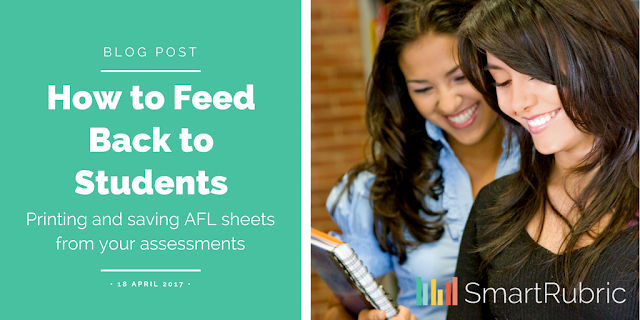Free Download: Printable KS3 Spoken Language Rubric Bundle and lesson prep

It's exam prep season, which means that sadly, KS3 probably isn't getting much love at the moment. To rectify this, I'm going to share a couple of really easy English Speaking and Listening lesson formats that take approximately zero planning and work from years 7-9, plus a couple of downloadable rubrics to make sure that you're evidencing progress. If you're just here for the freebie rubrics, I've bundled together a discussion rubric and a presentation/speech rubric. You can download the bundle here . It's aligned with the current National Curriculum expectations for KS3 English, but you could easily adapt them up or down. As always, if you are a SmartRubric user, you can bypass the printable and use the interactive version of these rubrics. It means all of your rich formative assessment data will be automatically captured, and targets, levels and grades will be generated for all of your students. They're in the template library. If you aren...




